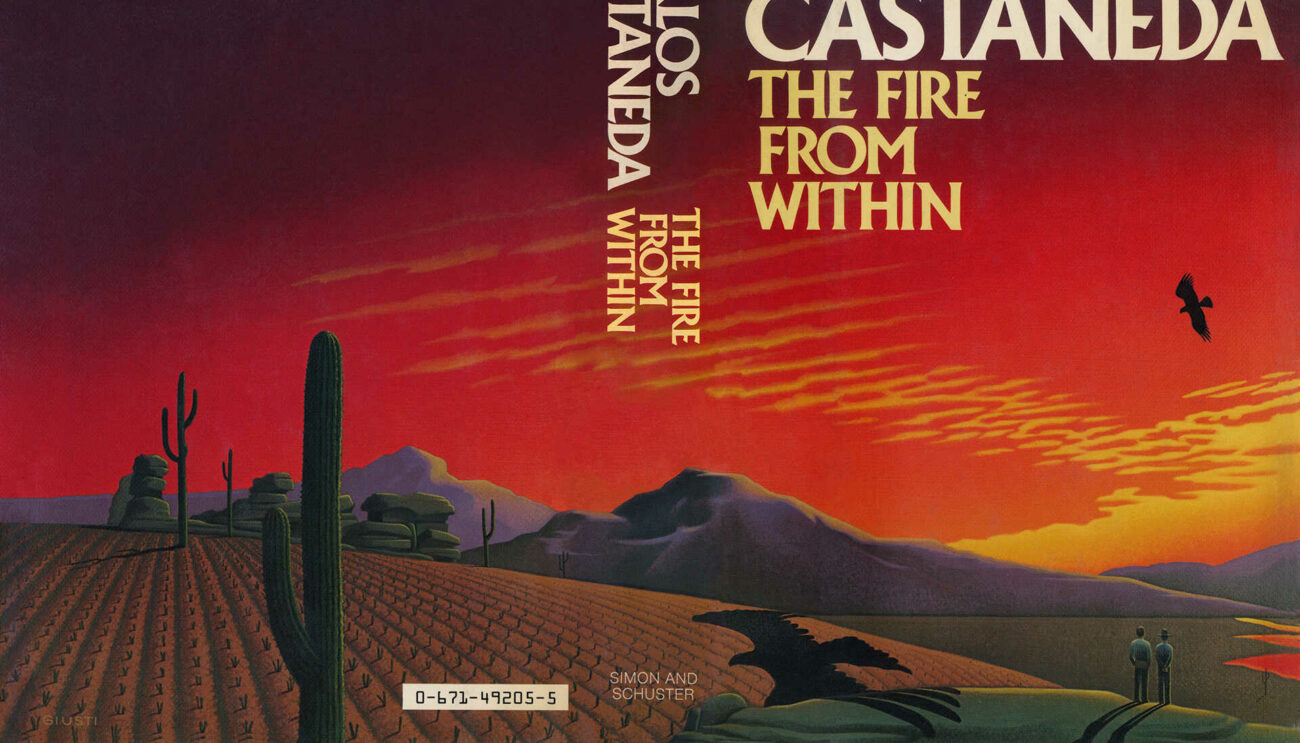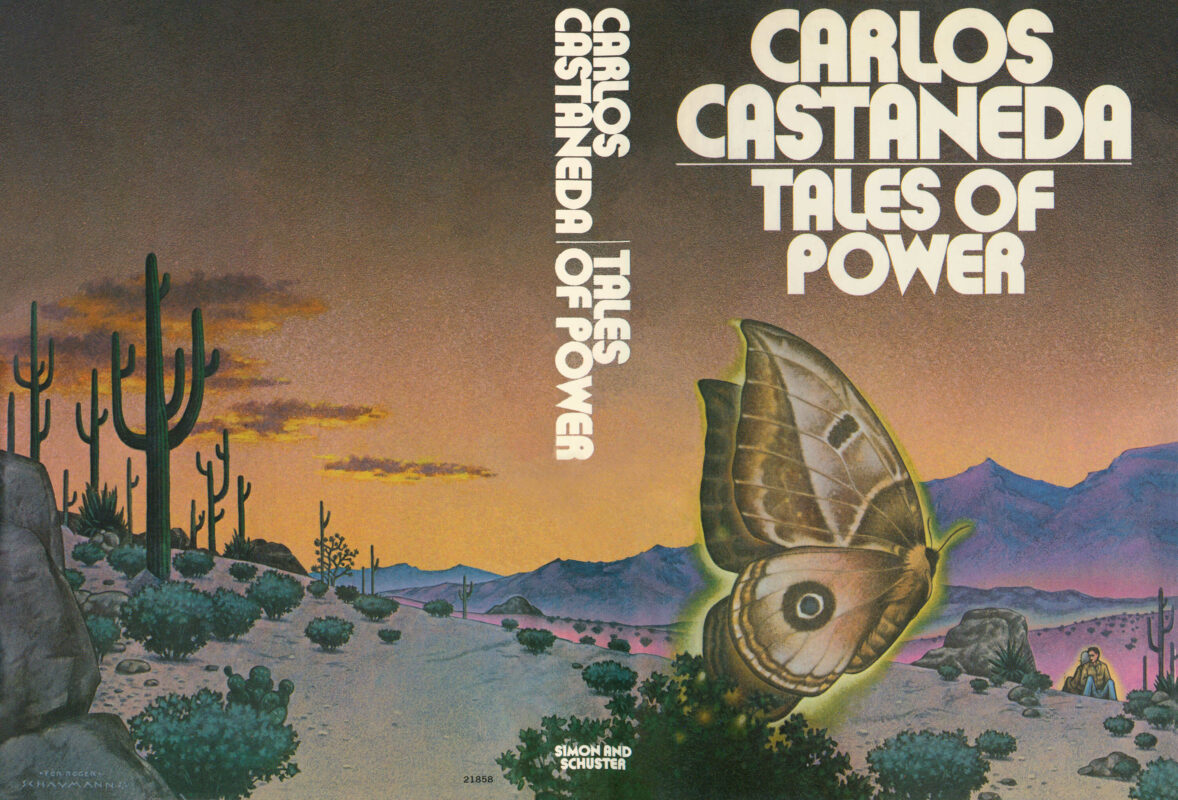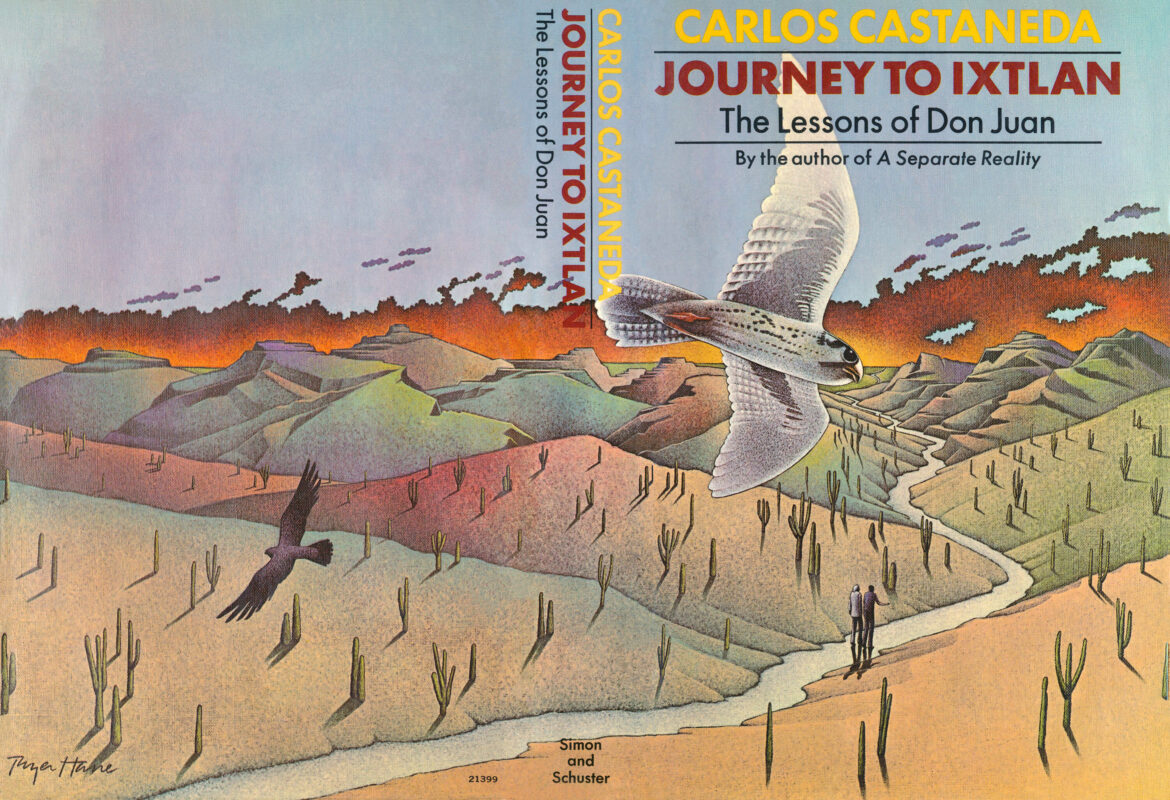The New Seers
Carlos recounts his arrival in Oaxaca where he meets don Juan, who immediately shifts him into a state of heightened awareness. Don Juan begins to explain the history of Toltec seers, distinguishing between the ancient Toltec seers—powerful sorcerers obsessed with their “seeing” that ultimately led to their downfall—and the new seers, who are warriors of total freedom. The new seers, having learned from the mistakes of the old, emphasize stalking, dreaming, and intent, and use their heightened awareness to seek freedom rather than control. Don Juan also explains that “seeing” is a profound form of knowing, not merely visual perception, and that the world is composed of “Eagle’s emanations” rather than solid objects. He emphasizes that the new seers have developed a systematic way to understand awareness that was lacking in the ancient Toltecs, who were destroyed by their own pursuits.


